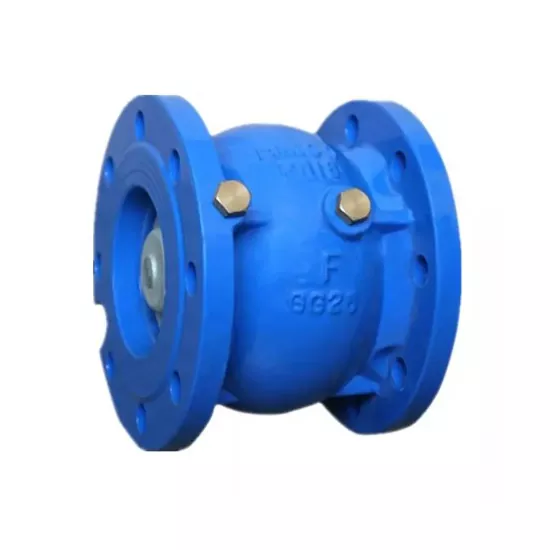What is the function of check valve
2024-10-14
A check valve, also known as a non-return valve or one-way valve, allows fluid (liquid or gas) to flow in only one direction and prevents backflow in a system. It automatically opens when the fluid flows in the correct direction and closes to stop reverse flow, which can damage equipment or disrupt processes.
Key Functions of a Check Valve:
1. Prevent Backflow: The primary function of a check valve is to ensure that fluid only moves in one direction. This prevents contamination, pressure surges, or damage that could result from reverse flow.
2. Protect Equipment: Check valves protect pumps, compressors, and other equipment by preventing backflow that could lead to mechanical damage or operational failure.
3. Maintain Pressure: In systems where pressure needs to be maintained, such as in hydraulic systems or pipelines, check valves help maintain the required pressure by preventing backflow of the fluid.
4. Control Flow in Multi-Pump Systems: In systems where multiple pumps or sources are used, check valves ensure that the flow from one source doesn’t reverse into another, maintaining system integrity.
5. Prevent Siphoning: In water or chemical systems, check valves prevent siphoning, where gravity might cause fluids to reverse direction.

Applications of Check Valves:
- Water and wastewater systems to prevent backflow into clean water supplies.
- Pumping systems to stop reverse flow that could damage pumps.
- Oil and gas pipelines to prevent leakage and ensure safe operation.
- HVAC systems to control air or gas flow.
- Hydraulic and pneumatic systems to ensure directional flow in industrial machinery.
In summary, check valves are crucial components in various fluid systems, ensuring directional flow, protecting equipment, and preventing potential operational issues caused by backflow.


